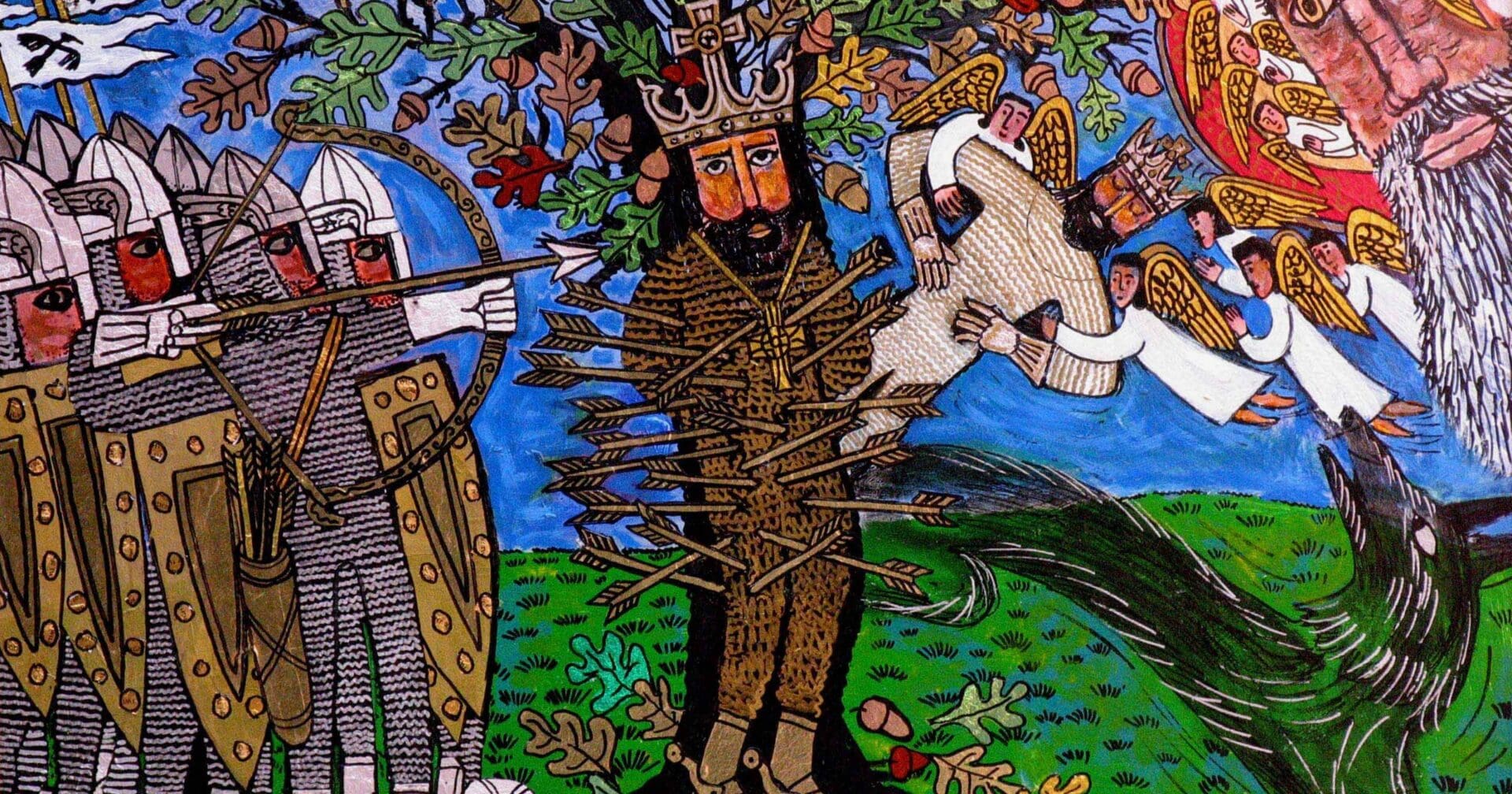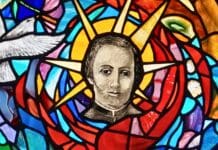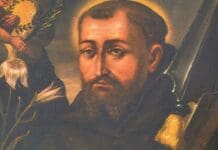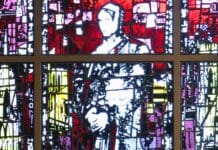On Christmas Day in the year 855, a remarkable event unfolded as a 14-year-old boy named Saint Edmund was hailed as the rightful king of Norfolk by the influential figures of the county, including ruling men and clergy. This acclaim was soon followed by a similar declaration from the leaders of Suffolk the following year.
For the next 15 years, Edmund would go on to rule over the East Angles, a region in England, with a reputation for Christian dignity and justice that was universally acknowledged. He appeared to draw inspiration from the piety of King David from the Old Testament, notably excelling in the public recitation of the Psalms during worship.
However, Edmund’s reign was not without its challenges. Starting in 866, his kingdom faced escalating threats from Danish invasions. For four years, the East Angles managed to maintain an unstable and often broken peace with the invaders. Nevertheless, the situation took a dire turn when the Danes set fire to Thetford, prompting King Edmund’s army to confront them. Unfortunately, they were unable to defeat the marauding Danish forces.
As the invaders reached East Anglia, they presented Edmund with an offer for peace, but it came with a condition that he found impossible to accept. The condition required him to rule as a vassal under Danish authority and, most notably, to forbid the practice of the Christian faith. Edmund unwaveringly refused this ultimatum, choosing to stand firm in defense of his religious beliefs.
In response to his refusal, Edmund was subjected to a gruesome and torturous fate. He was bound to a tree and made the target of Danish archers, who rained down a hail of arrows upon him. Throughout this agonizing ordeal, Edmund displayed remarkable bravery, repeatedly invoking the name of Jesus. Eventually, he was decapitated, sealing his fate as a martyr for his faith.
Edmund’s final resting place is the town of Bury St. Edmunds, where his memory is cherished to this day. The tree at Hoxne, which tradition claimed was the site of his martyrdom, stood as a symbol of his sacrifice until 1849 when it fell. During the tree’s dismantling, an arrowhead was discovered embedded in its trunk, serving as a poignant reminder of his martyrdom.
Saint Edmund holds a unique place in history as the only English sovereign to die for both his religious beliefs and the defense of his throne until the time of King Charles I. His martyrdom quickly earned him reverence, and his cultus (devotion) spread widely throughout the Middle Ages. Together with Saint George, Saint Edmund is celebrated as one of the Patron Saints of England.
Photo credit: Brian Whelan via via Wikimedia


















Just a point regarding St Edmund. His Address should surely be St Edmund, King and Martyr. Here in England He is referred to as St Edmund
I hope you dont mind me mentuoning this
God Bless
According this this site http://saints.sqpn.com/saint-edmund-of-east-anglia/ , St Edmund spent a year learning the Psalms by heart.
I like this.st edmud prayer for us.god bless this website creators
[…] post Saint Edmund, King and Martyr appeared first on […]
Saint Edmund, King and Martyr, pray for us!
St. Edmund, pray for us.
Patron Saint pray for us.
Almighty God, by whose grace and power
your holy martyr King Edmund kept faith to the end
with you and with his people;
grant, at his prayers,
and by the power of the Holy Spirit,
that we may steadfastly endure all the arrows of the enemy,
and so be crowned with glory
in the kingdom of our Lord Jesus Christ, your Son,
who lives and reigns with you
in the unity of the Holy Spirit,
God for ever and ever.
Amen